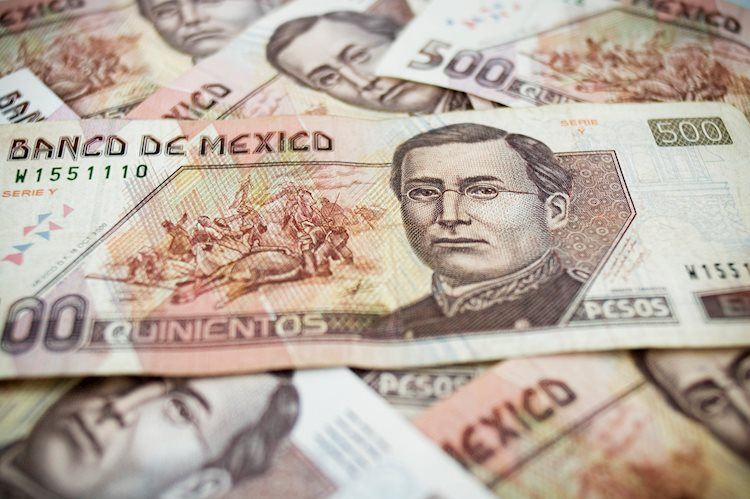The Mexican Peso experienced gains against the US Dollar for the second consecutive day on Wednesday, driven by a weaker USD following the cooling of US Consumer Price Index (CPI) inflation figures to expected levels. However, investors were hoping for more significant signs of easing inflation pressure after a steeper-than-expected decline in business-level price growth as shown in the US Producer Price Index (PPI) earlier in the week. Mexico’s own inflation pressure, despite an uptick in headline inflation, led the Mexican Central Bank (Banxico) to deliver a quarter-point rate cut, citing a decline in core price inflation as a reason for the decision.
US CPI inflation figures were in line with market expectations, with core CPI inflation decreasing to 3.2% year-over-year. Both headline and core CPI increased by 0.2% month-over-month, as predicted. Annualized CPI also decreased to 2.9% in July, below the forecasted 3.0%. Despite the ongoing decline in year-over-year CPI inflation, investors were anticipating a more significant drop following the US PPI inflation data, which showed a sharper decline in upstream cost growth. However, the decrease in cost pressure does not appear to be translating to consumers as quickly as expected.
Although the Mexican Peso made gains against the US Dollar, it is still struggling to fully recover, despite a short-term rebound. The Peso has regained over 6% since hitting a 22-month low against the Greenback earlier in the month but still remains significantly weaker compared to the beginning of the year. The USD/MXN pair continues to favor Greenback buyers as it remains above the 200-day Exponential Moving Average, with a 16% increase from its lowest point this year. The technical floor near 18.80 is acting as a barrier for further gains for the Peso.
The Mexican Peso’s value is influenced by various factors such as the performance of the Mexican economy, central bank policies, foreign investment levels, remittances from Mexicans abroad, and geopolitical trends. High economic growth, low unemployment, and investor confidence are positive for the Peso, while weak economic data could lead to depreciation. Banxico aims to maintain inflation at low and stable levels through interest rate adjustments, with higher rates benefiting the Peso by attracting investors. MXN tends to perform well during risk-on periods and weakens during market turbulence or economic uncertainty.
In conclusion, the Mexican Peso’s performance against the US Dollar is influenced by a combination of domestic and international factors, including economic indicators, central bank policies, and geopolitical events. While recent rate cuts by Banxico have provided some relief for the Peso, ongoing inflation pressure remains a concern for investors. Monitoring economic data releases and market trends can help assess the Peso’s outlook and potential future movements in the currency market. As an emerging-market currency, the Mexican Peso’s value is also impacted by broader market sentiment and investor risk appetite.











